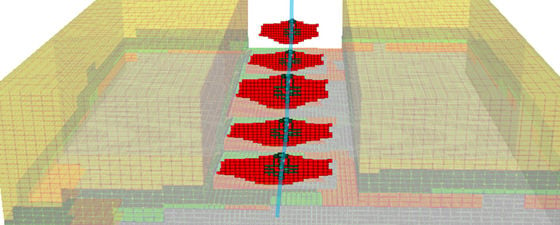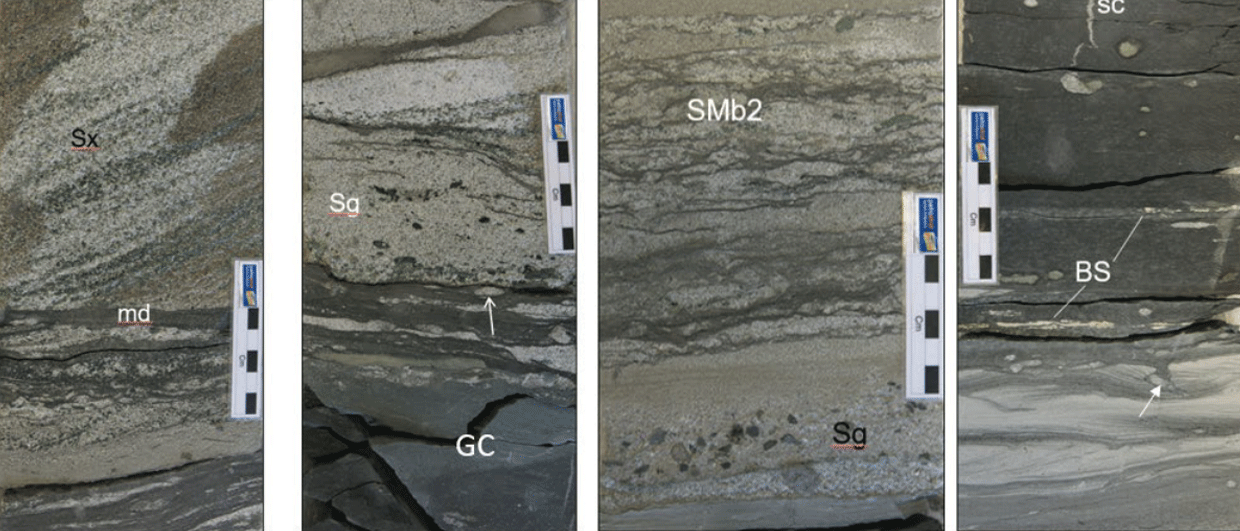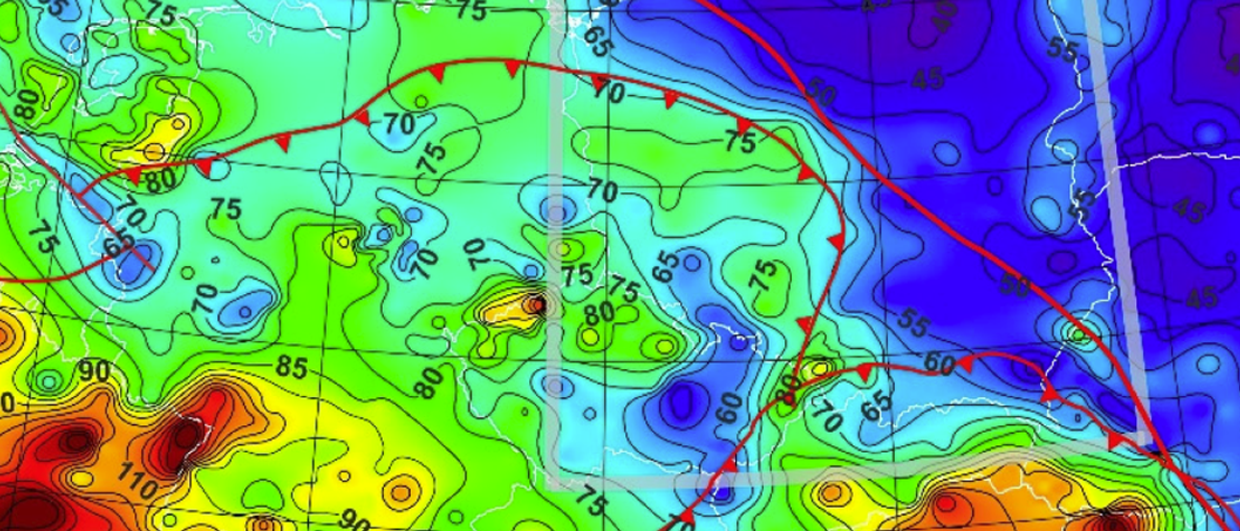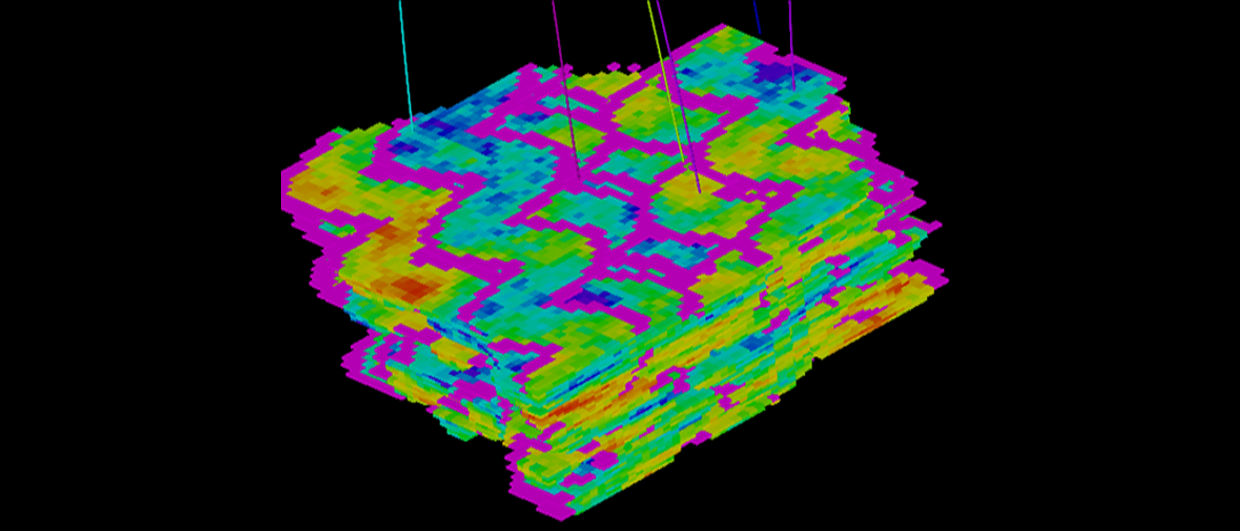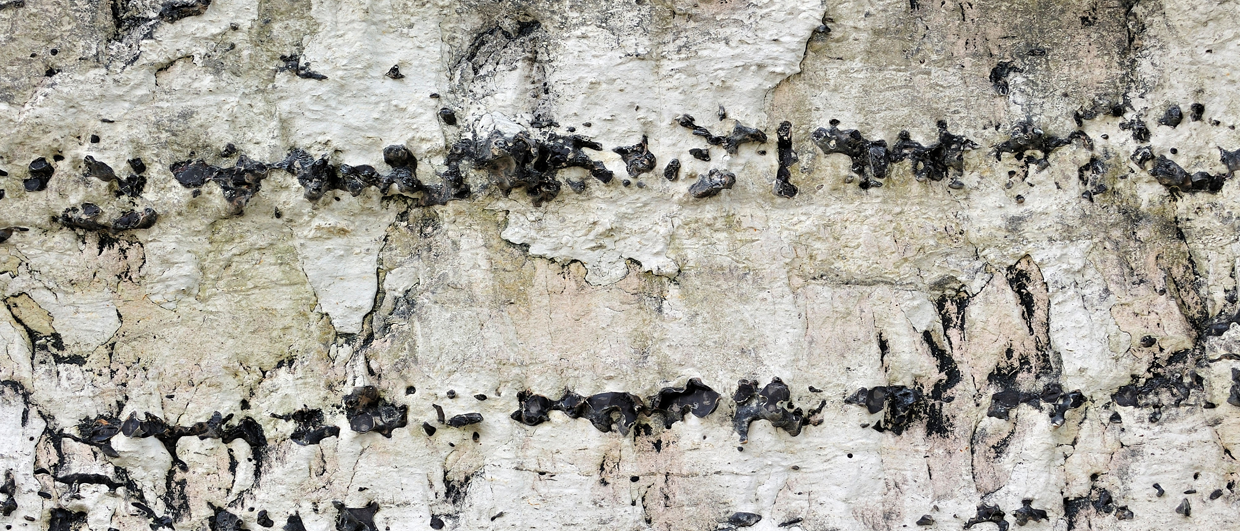Geomechanics is the study of how subsurface rocks deform or fail in response to changes of stress, pressure and temperature and it is becoming increasingly important in oil and gas exploration.
What is Geomechanics?
Geomechanics is the study of how subsurface rocks deform or fail in response to changes of stress, pressure and temperature.
Geomechanics: the study of the way in which rocks stress, including how and when faults will develop.
Geomechanics is the theoretical and applied science of the mechanical behavior of geological material. It is used to reduce risks and optimize rewards related to the mechanical failure of the reservoir and surrounding formations resulting from oil and gas exploration and production activities, such as the drilling of oil and gas wells, hydraulic fracturing, water or gas flooding, and depletion. The aim is to predict when such failures will occur and thus reduce the risk.
Each geological formation in the subsurface is subject to stresses caused by a variety of natural factors. These include deposition, which causes gravitational loading, tectonics, uplift, pressure inflation or deflation, stress relaxation and thermal effects. As a result, stresses in the subsurface are not static through time, nor can they be characterized in the same way everywhere at any one time. Similarly, a formation’s strength properties are subject to changes throughout geological time, from deposition to present day.
A geological formation will fail when the stresses it is subjected to exceed its strength, and the role of geomechanics is to predict when and where that failure will occur as accurately as possible, assess the risks and opportunities and recommend mitigation plans. The pre-existing rock stresses before any human intervention are the dominant stresses that affect the performance of the reservoir. Any formation or reservoir geomechanical assessment therefore starts with analyzing the stresses, strength and pressure profiles of the rocks, so an understanding of the geological history of the formation of interest is crucial for its reliable geomechanical characterization.
Geomechanics applies right across the E&P industry, from exploration to abandonment, and from microscale to the modeling of reservoirs, fields and basins. It is a relatively new discipline, but one that is becoming increasingly important, particularly since the advent of exploration in tight shales, in which understanding the variation of mechanical properties with orientation plays a vital role.
One of the first references to the topic of geomechanics was a paper by Hubbert and Willis on the mechanics of hydraulic fracturing in 1957. Fundamentals of Rock Mechanics, by Jaeger and Cook, was published in 1969, and in the 1979 Journal of Energy Resources one of the earliest studies in petroleum geomechanics looked at in-situ stress in an arbitrarily-oriented hole.
Geomechanics in the Oil and Gas Industry
Contour of plastic strain deformation due to stress redistribution during drilling. Source: Geomechanics Technologies.
Stresses and strengths in a subsurface formation are in an apparent state of equilibrium, except in seismically active areas. However, activities associated with exploration and production, such as drilling, fracturing, depletion and hot or cold fluid injection, can potentially alter this equilibrium. The role of geomechanics is to predict when and how this equilibrium will be altered, what the potential risks are and what possible impacts these could have on drilling and production.
Over the years, the role of geomechanics has become increasingly significant in the industry, as we explore deeper and in more complex and geologically challenging reservoirs. In addition, there is increasing pressure from regulators, NGOs and others to limit exploration and development activities in many areas due to the perceived negative impacts on the environment, so it is important that any such environmental outcome as a result of the rocks’ response to drilling and production activities can be predicted early in the cycle.
The science of geomechanics is applied throughout the E&P cycle. In the pre-drill exploration stage, it is used to model in situ stresses and profile the rock properties, but it is equally important for ensuring borehole stability, predicting sand production, estimating and monitoring the effects of hydraulic fracturing and ensuring safe operating pressure and temperature envelopes for IOR and EOR developments.
Borehole Integrity
Source: Geomechanics Technologies.
Downhole acoustic and density measurements and laboratory core analysis provide early input for geomechanical modeling and analysis of how drilling is affecting the surrounding rock. It helps the operator to understand how the drill bit removes rock in order to drill at the optimum rate given the natural stresses. Recent research in geomechanics has enabled us to gain more information about how a drill bit breaks the rock, which has has helped in the development of more efficient bits to use when drilling through different rock types.
Geomechanics can also help us understand issues with wellbore stability while drilling. The actual action of drilling produces external stresses on the rock, both from the wellbore itself and the drilling fluid, and there is a danger that the rock around the borehole may fail if the new stresses are greater than the rock strength.
Multistage fracture dimensions. Source: Geomechanics Technologies.
Similarly, if the mud pressure is too high the borehole wall may be stressed, or if it is too low there may be ‘breakout’ on opposing sides of the well. But if a geomechanical engineer has measured the stress changes around a planned well and generated a mud weight program for it, the chance of stuck pipe, lost circulation or other well failure issues happening can be reduced.
Geomechanical problems are still thought to be associated with a high percentage of drilling-related non-productive time, especially in deepwater and other challenging environments. Some issues that lead to well stability failure, such as unexpected faults or unstable bedding planes, cannot be predicted, so another aspect of the geomechanic’s work is to monitor the well in real time using wireline logs, logging-while-drilling and sonic data. This data can also be extrapolated to planned wells.
Vital for Fracking Operations
Pressure distribution in different clusters of a stage of a hydraulic fracture. Source: Geomechanics Technologies.
Unlocking complex shale reservoirs requires significant geomechanical input, particularly when hydraulic fracturing is involved. Analysis of the evolving stress state in the reservoir and the surrounding formations and an understanding of the location and nature of the shale’s natural fractures has a major impact on the eventual operational success and productivity of each well, as does an understanding of the relationship between matrix permeability, natural fracture permeability, and induced fracture permeability. In addition, comprehending the migration and maturation of the hydrocarbons contained in the shales will lead to improved understanding of how to place and design wells for maximum efficiency and stability. The understanding of fracture containment in the reservoir is an essential part of caprock integrity which can lead to environmental hazards if violated but can also efficiently reduce the amount of proppant needed for a stimulation process.
Geomechanics and Mature Oil and Gas Fields
Subsidence due to field production. Source: Geomechanics Technologies.
One of the most significant areas in which geomechanics is useful is in predicting and monitoring how a reservoir will change in the course of a field’s life and how these changes will affect the surrounding area and the earth’s surface. When fluid pressure is reduced by oil and gas production or in geothermal energy operations, more of the load is transferred to the rock matrix. This can result in formation compaction and subsidence, which can present severe field development and production challenges, including affecting completion stability and causing casing collapse and sanding across the field. The Ekofisk field is one of the best known examples of this subsidence (See Time-Lapse Seismic and Geomechanics – Part I).
Anticipating these effects through geomechanical modeling of the reservoirs in advance and updating the model as new wells are drilled will help mitigate the issue. Time-lapse, or 4D, geomechanical monitoring is therefore critical to understanding and predicting how reservoir properties will change throughout the life of the field.
As a field grows towards the end of its productive life, a number of techniques for increasing recovery may be used, usually involving the injection of fluids such as polymers, steam and gas, all of which affect reservoir stress redistribution and re-orientation in the field. Geomechanical assessment of the reactions in the rocks during these processes plays an important role in ensuring that as much oil and gas as possible is recovered.
Integrated Into the G&G Workflow
Geomechanics has come a long way in recent years, and its application has become an important component in increasing efficiency and safety and driving down costs. It is increasingly being integrated into operators’ workflows, and is now an integral part of the process of efficiently developing, producing, and ultimately abandoning reservoirs.
Acknowledgements:
The author would like to gratefully acknowledge help with this article from Latifa Qobi of Practical Geomechanics and Julia Diessl of Geomechanics Technologies.
References:
Qobi, L., Ita, J., Von Winterfeld, C., Shukaili, J and Qusseimi, “Depletion Effects on a Currently Active Fault and Existing Subsidence Bowl: Geomechanics Assessment – Giant Field Northern Oman”, SPE paper # 13339, presented at the SPE International Petroleum Technology Conference, Doha, December 2009.
Collins, P.M. 2017. Stress Characterization , SPE Calgary’s Geomechanics Group – Breakfast Lecture Series, November 30, 2017; Calgary, 65pp
https://www.otmconsulting.com/insight/geomechanics-to-the-fore/
https://www.slb.com/services/technical_challenges/geomechanics/reservoir_management.aspx
https://www.slb.com/~/media/Files/resources/oilfield_review/ors07/aut07/composite.pdf
https://www.spe.org/en/twa/twa-article-detail/?art=2595
Further Reading on Geomechanics in Oil and Gas
Some recommended GEO ExPro articles focusing on, or relating to, the use of geomechanics in the oil and gas industry.
Time-Lapse Seismic and Geomechanics – Part I
Martin Landrø and Lasse Amundsen
Ekofisk, Norwegian North Sea, was one of the first fields where time-lapse seismic proved an excellent tool for monitoring and mapping geomechanical changes in a producing field.
This article appeared in Vol. 14, No. 2 – 2017
Monitoring of the Ekofisk Field
Per Gunnar Folstad, ConocoPhillips
Installing a Life of Field Seismic system on Ekofisk will help understand reservoir depletion and ensure future production wells are drilled where there is still oil left.
This article appeared in Vol. 7, No. 3 – 2010
Linking Seismic Response to Geomechanics
Tron Kristiansen, Olav Barkved, Martin Landrø and Lasse Amundsen
This article discusses the linkage between 4D seismic responses and geomechanics. Exploitation of this relationship has helped reduce development costs and maximize recovery from the compacting Valhall reservoir.
This article appeared in Vol. 6, No. 6 – 2009

